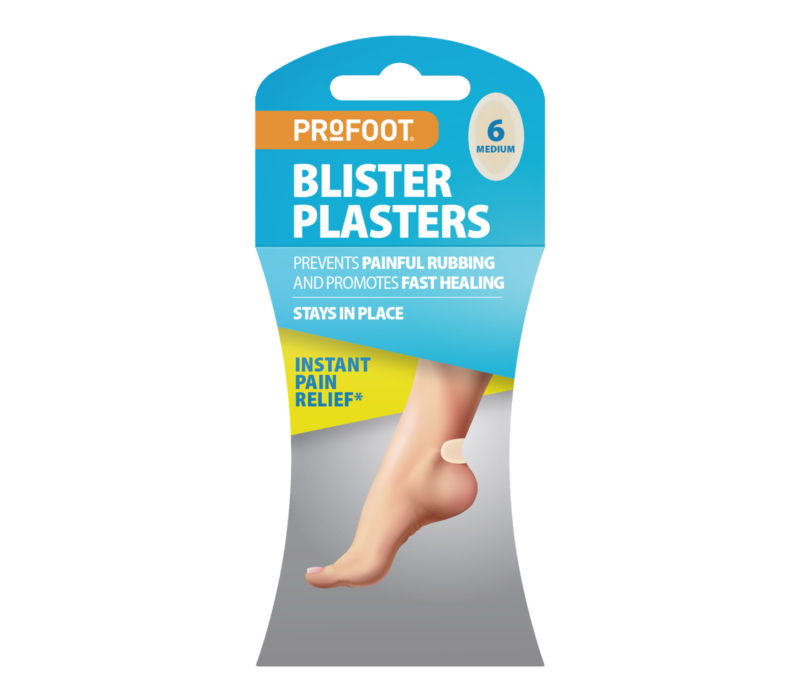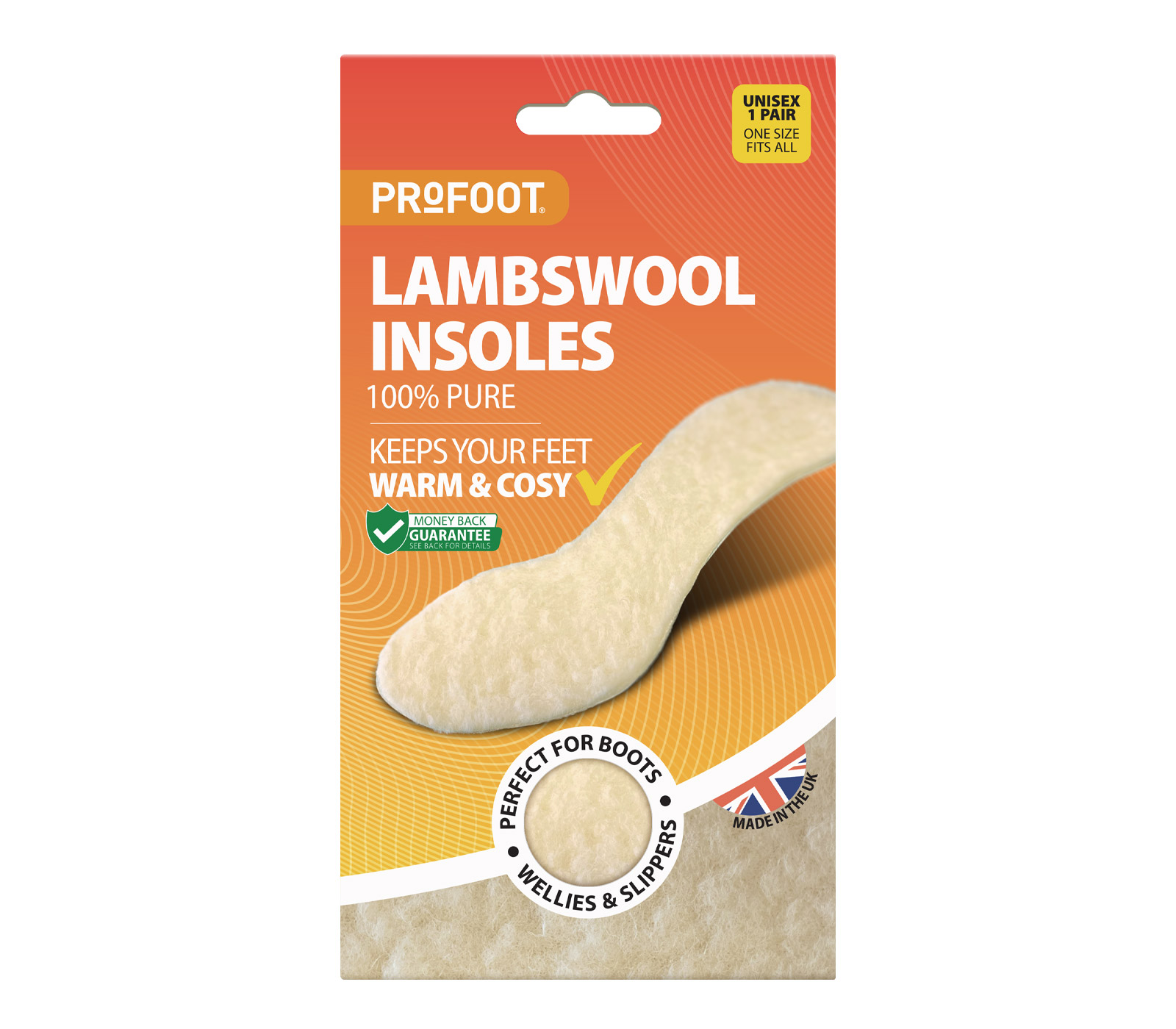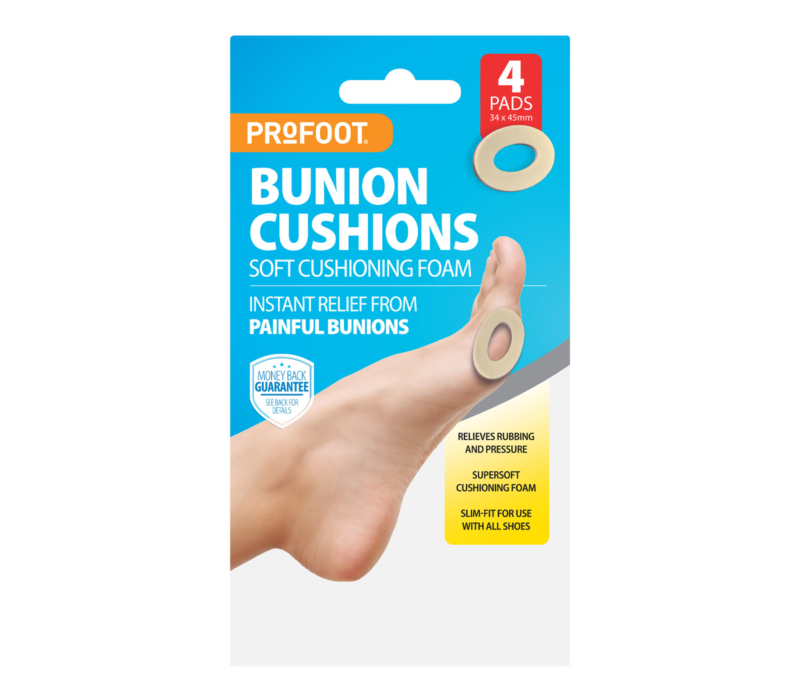Phone: +44 (0)20 8492 1600
Need help or have a question?
Contact us at: [email protected]
Diabetic foot ulcers are a serious problem for many people with diabetes. About 34% of people with type 2 diabetes might get a foot ulcer in their life. Here are 10 important steps to help prevent this dangerous condition and keep your feet healthy if you have diabetes.
| Step | Description |
|---|---|
| Daily Foot Inspections | Check feet daily for any changes or abnormalities |
| Proper Foot Hygiene | Wash feet daily and keep them dry, especially between toes |
| Appropriate Footwear | Wear well-fitting shoes and socks to protect feet |
| Blood Glucose Management | Keep blood sugar levels under control to prevent nerve damage |
| Regular Check-ups | Schedule routine appointments with healthcare professionals |
One of the most important things you can do is check your feet every day. Look for any cuts, blisters, redness, swelling, or nail problems. If you can’t see the bottom of your feet, use a mirror or ask someone to help. Pay extra attention to the areas between your toes and the soles of your feet, as ulcers often start there. Finding changes early can stop small issues from becoming big problems.
Keeping your feet clean and dry is really important to prevent infections that can lead to ulcers. Wash your feet every day with warm water and mild soap, but don’t soak them because this can dry out your skin. After washing, dry your feet well, especially between the toes. Use a soft towel and pat gently to avoid hurting your skin.
If your skin is dry, put on a thin layer of moisturising cream, but don’t put it between your toes because extra moisture there can cause fungus to grow. Focus on areas that get dry easily, like your heels and the balls of your feet. Moisturising regularly can help keep your skin flexible and prevent cracks that could lead to infections.
Wearing the right shoes is super important to prevent diabetic foot ulcers. Choose shoes that fit well and give good support. Don’t wear shoes with pointy toes or high heels, as they can put pressure on certain parts of your feet. Always wear socks with your shoes to reduce rubbing. Look for socks without seams that are made from materials that keep your feet dry and prevent blisters.
You might want to use our Double Cushion insoles or All Day Comfort insoles for extra comfort and protection, especially if your feet are an unusual shape or if you stand a lot. These can help spread pressure evenly across your foot and lower the risk of getting sore spots that could turn into ulcers.
Keeping your blood sugar levels under control is really important in preventing diabetic foot ulcers. High blood sugar can damage nerves and blood vessels, which can lead to poor circulation and loss of feeling in your feet. Work with your doctors to make a plan for managing your diabetes effectively. This might include checking your blood sugar regularly, taking medication, and making changes to your diet and exercise habits.
Keeping your blood sugar steady can help prevent or slow down nerve damage, which is a big risk factor for foot ulcers. By keeping your blood sugar under control, you can help keep your nerves healthy and blood flowing to your feet, which makes complications less likely.
Don’t ignore small problems with your feet. Even tiny cuts, blisters, or corns can become serious if you don’t take care of them. Use blister plasters to protect any sore spots and stop them from getting worse. If you notice any changes in your feet, like redness, warmth, or swelling, tell your doctor right away.
It’s important not to try to treat foot problems yourself, especially when it comes to removing calluses or corns. Always ask a professional for help with these issues to avoid accidentally hurting your feet.

Diabetes can affect how well you feel temperature changes in your feet. Always check water temperature with your elbow before getting into a bath. In cold weather, wear warm socks and don’t use hot water bottles or heating pads directly on your feet. Be careful when walking on hot surfaces like beach sand or pavement during summer.
Our Lambswool insoles can help keep your feet warm, especially when it’s cold. These insoles can give extra protection against very hot or cold temperatures .

Cut your toenails straight across and file the edges. Don’t cut them too short or dig into the corners, as this can cause ingrown toenails. If you have trouble reaching your feet or can’t see well, think about getting professional help for nail care. Regular visits to a foot doctor can make sure your nails are trimmed safely and any potential problems are caught early.
Using a nail file can help keep your nails smooth and snag free. But be gentle when using any foot care tools to avoid hurting your skin. If you’re worried about how to care for your nails, ask your doctor or podiatrist for personal advice.
Foot problems like bunions or hammertoes can increase your risk of getting ulcers. Use bunion pads or other protective devices to reduce pressure on these areas. If you have severe foot problems, talk to your doctor about custom shoe inserts or special shoes. These can help spread out pressure and reduce the risk of ulcers forming on pressure points.
Regular stretching and exercises recommended by your foot doctor can help keep your feet flexible and reduce the worsening of foot problems. Always check with a healthcare professional before starting any new foot exercises.

Smoking and drinking too much alcohol can damage blood vessels and nerves, increasing your risk of foot problems. If you smoke, think about quitting. Smoking makes blood vessels smaller, reducing blood flow to your feet and slowing wound healing. If you drink alcohol, do it in moderation. Too much alcohol can contribute to nerve damage and increase the risk of falls and foot injuries.
Your doctor can offer help to make these lifestyle changes. Quitting smoking and reducing alcohol not only helps your feet but also improves your overall health and diabetes management.
Schedule regular appointments with your doctor or foot specialist for thorough foot exams. These check-ups can catch potential problems early, before they become serious. Don’t wait for your next appointment if you notice any changes or problems with your feet. During these visits, your doctor can check your overall foot health, look for signs of nerve or circulation issues, and give you personal advice on foot care.
Regular check-ups also give you a chance to review your diabetes management plan and make any necessary changes to prevent complications. Your healthcare team can help you stay on track with your foot care routine and overall diabetes management.

Preventing diabetic foot ulcers requires daily care and attention. By following these 10 steps, you can greatly reduce your risk of developing this serious problem. Remember, finding and treating any foot problems early is key to keeping your feet healthy with diabetes. Sticking to your foot care routine and having regular medical check-ups can help you avoid serious complications and maintain your quality of life.
For more information on common foot problems and how to deal with them, visit our website. Your feet are important – take good care of them! With proper care and attention, you can keep your feet healthy and prevent diabetic foot ulcers. Stay active in your foot care, and don’t hesitate to ask for professional help when you need it.
Check feet daily for cuts, blisters, or changes
Wash feet daily with mild soap and lukewarm water
Apply lotion to prevent dry skin and cracks
Schedule routine podiatrist appointments